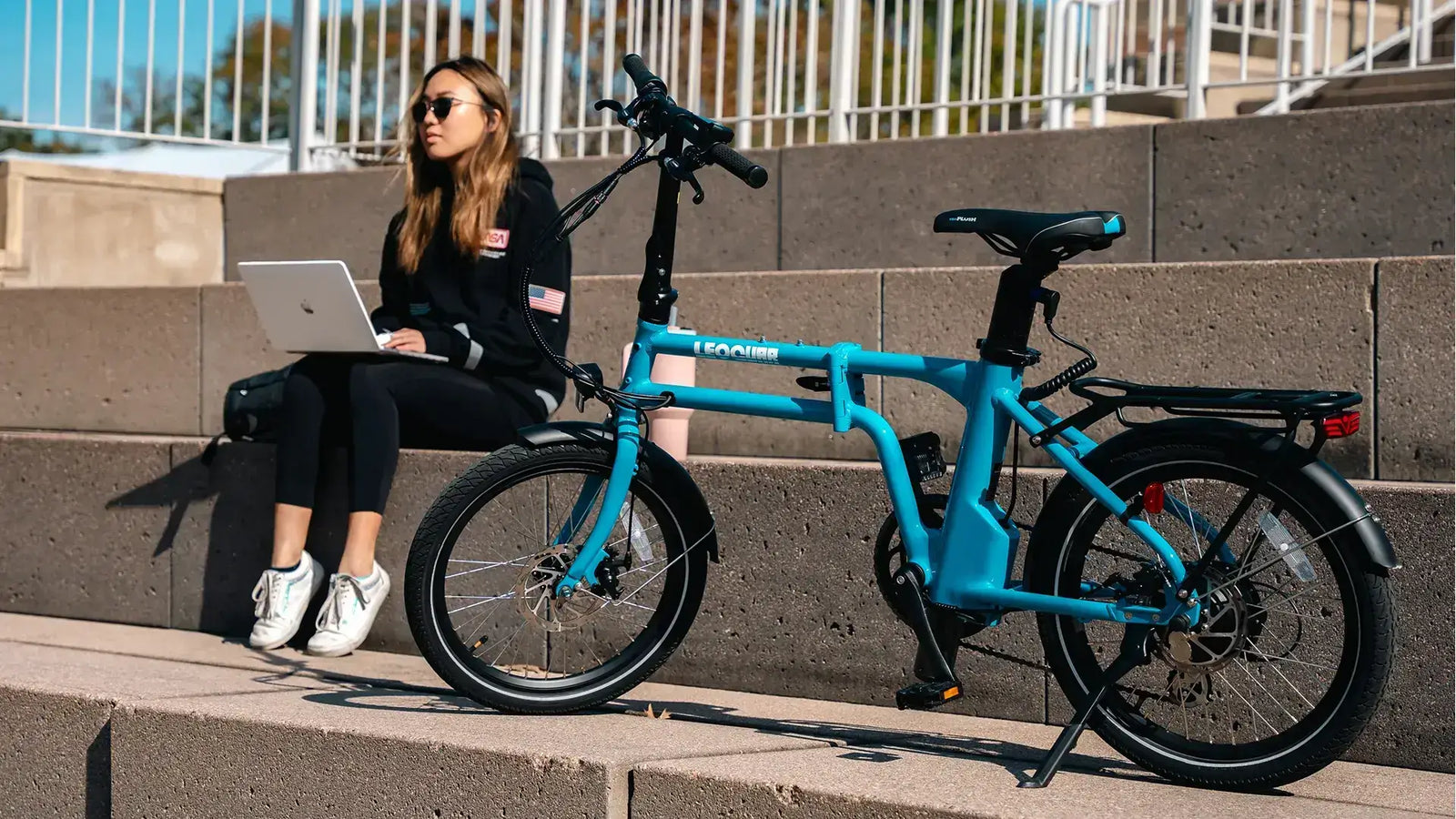
Average Bike Price in 2025: What’s a Good Deal on an Electric Bicycle?
What You Should Know About E-Bike Prices
Electric bikes are becoming more popular, and many people want to know what they should cost. Prices range from under $600 to over $8,000, which makes choosing difficult. Most buyers looking for a good electric bike in 2025 should plan to spend between $1,500 and $3,500. This price range gives you the best electric bicycle value. The average bike price doesn't tell the whole story though. The best price is the one that gets you the right bike for what you need, not just any bike. This guide will help you find real value and choose a bike that fits your life, not just your budget.
2025 E-Bike Price Ranges
Breaking the market into price groups makes it easier to understand. Each price range offers different performance, reliability, and features. The middle price range, from $1,500 to $3,500, has the most options and gives average riders the best mix of quality and price. Consumer experts suggest starting your search in this middle range to avoid problems with cheaper bikes while getting good long-term value.
| Price Tier | 2025 Price Range | Key Features & Components | Best For |
|---|---|---|---|
| Entry-Level | $600 – $1,500 | Hub motor (250W-500W); external battery (360-500Wh); mechanical disc brakes; basic drivetrain. | Short, flat commutes; casual weekend rides; budget-conscious buyers. |
| Mid-Range | $1,500 – $3,500 | Mid-drive or powerful hub motor (500W-750W); integrated battery (500-750Wh) with quality cells; hydraulic disc brakes; brand-name drivetrain (Shimano, SRAM). | Daily commuting with hills; recreational trail riding; riders seeking reliability and performance. |
| Premium | $3,500+ | High-performance mid-drive motor (Bosch, Shimano, Brose); large capacity battery (750Wh+); advanced suspension; carbon fiber frames; top-tier components. | Serious enthusiasts; mountain biking; long-distance touring; riders demanding the best technology. |

What Makes E-Bikes Cost More or Less
Several things decide how much an electric bike costs, including the technology, parts, and brand. Learning about these factors helps you understand bike specs and know where your money goes.
The Main Parts
Three parts have the biggest effect on e-bike prices: the motor, battery, and frame.
Motor: Two main types exist. Hub motors sit in the center of a wheel and cost less, making them common on cheaper bikes. Mid-drive motors attach near the pedals and cost more, but they feel more natural when riding and work better on hills.
Battery: Battery size is measured in Watt-hours (Wh), which tells you how far you can ride and affects the price a lot. Higher Wh numbers mean longer rides and higher prices. Look for batteries with cells made by Samsung, LG, or Panasonic because these companies make safe, quality products.
Frame: The frame material affects weight, strength, and how the bike rides. Steel frames are heavy but strong and appear on some budget bikes. Aluminum frames are the most common because they balance strength and weight well. Carbon fiber frames are the lightest and strongest but cost much more.
Important Performance Parts
Other parts beyond the main three also change your riding experience and the final price.
Brakes: E-bikes are heavier and faster than regular bikes, so good brakes are essential. Mechanical disc brakes work well as a starting point, but hydraulic disc brakes stop much better, work more smoothly, and need less adjustment. More gears can help, but having quality parts matters more than having many gears.
Drivetrain: This includes the gears, shifters, and parts that move the chain. Parts from trusted companies like Shimano or SRAM shift more smoothly and last longer.
Suspension: A suspension fork absorbs bumps and makes riding more comfortable and controlled. Basic forks appear on some mid-range bikes, while expensive, adjustable air suspension on premium e-bikes is needed for serious off-road riding.
Brand and Support Value
The price also includes things you can't see but that matter a lot. Well-known brands spend money on research, safety testing, and building good dealer and customer support networks. Paying more for a trusted brand often gives you peace of mind, a better warranty, and access to service and parts later. This support after you buy is an important part of electric bicycle value.
Finding the Right Bike for You
Real value isn't about finding the cheapest bike - it's about finding the right bike. Our approach helps you match your specific needs to the features that matter most, so you don't pay for technology you won't use or buy too cheap and get a bike that can't do what you need.
The Daily Commuter
People who want to replace their car or public transit for daily travel need a bike they can count on.
- What Matters Most: Dependability, working in all weather, security, and comfort.
- Important Features: Look for included extras like fenders, a rear rack for carrying things, and built-in lights. A battery with at least 500Wh helps make sure you can complete a round trip without worrying about running out of power.
- Best Value: Spending on a mid-range bike ($1,800 - $3,000) with a mid-drive motor for hills and hydraulic disc brakes for stop-and-go traffic makes sense. A brand with a strong warranty and local dealer support gives valuable security for a bike you'll use every day.
The Trail Explorer
If you plan to ride on forest paths and mountain trails, your bike needs to be tough and responsive.
- What Matters Most: Power, toughness, control, and safety on rough ground.
- Important Features: A powerful mid-drive motor that delivers power smoothly is essential. Good front suspension (or full suspension) and strong hydraulic disc brakes are required for safety and control. A strong aluminum or carbon frame is a must.
- Best Value: This is where spending more gives you much better results. Expect to spend $3,000 or more. Buying cheap suspension, brakes, or motor quality can make riding frustrating and possibly unsafe. The higher price buys ability and confidence on trails.
The Weekend Rider
For fun weekend rides, running errands, or gentle park cruises, comfort and simplicity matter most.
- What Matters Most: Easy to use, comfortable, and useful enough for small tasks.
- Important Features: A step-through frame design is often better for easy getting on and off. An upright riding position puts less strain on your back and neck. A simple hub motor gives more than enough power.
- Best Value: An e-bike in the upper entry-level or lower mid-range ($1,200 - $2,000) often gives perfect electric bicycle value. You get the reliability needed for regular use without paying for high-performance features you don't need for relaxed riding.
Total Cost of Owning an E-Bike
Smart buyers look beyond the price tag. The Total Cost of Ownership gives you a realistic money picture by including essential accessories, maintenance, and the long-term savings an e-bike provides.
What You Need to Buy First
Your first purchase should include more than just the bike. Plan to spend an extra $150 to $300 for essential gear.
- A Good Helmet: This is required for safety. Don't buy cheap.
- A Strong Lock: E-bikes are targets for theft. Buy a high-quality U-lock or heavy-duty chain lock from a trusted brand.
- Lights: If your bike doesn't come with built-in lights, good front and rear lights are important for safety.
Maintenance and Running Costs
From experience testing and owning e-bikes, planning for maintenance costs is important.
- Yearly Tune-Up: Plan for a professional tune-up once a year, which usually costs $100-$150. This includes brake adjustments, gear tuning, and a safety check.
- Parts That Wear Out: Items like brake pads, tires, and the chain will need replacement depending on how much you ride. Plan for around $100-$200 per year for these parts.
- Battery Replacement: An e-bike battery should last several years (usually 500-1,000 charge cycles). When it needs replacing, the cost can be high, ranging from $400 to $800 or more. Factoring this in over 5 years adds about $100-$160 per year to your total cost.
- Charging: The cost of electricity is very small. Charging a standard 500Wh battery costs only about 10-15 cents, making it very cheap to power up.
Long-Term Money Savings
This is where the e-bike really shines. When used to replace a car, the savings are huge.
- Fuel: An average American driver spends over $2,000 each year on gas. An e-bike's electricity cost is less than $50 per year.
- Insurance and Registration: Car insurance averages over $1,500 per year. E-bikes usually need no insurance or registration.
- Parking and Maintenance: The high costs of car maintenance ($500-$1,000+ each year) and parking fees disappear.
- Total Savings: By replacing even some of your car trips, an e-bike can realistically save you over $3,000 each year. This means a $2,000 e-bike can pay for itself in less than a year.

Making the Smart Choice
Finding the right electric bicycle price comes down to honestly looking at your needs, not searching for the lowest number. The average bike price is just a starting point. By focusing on the parts that match your riding style and understanding the total cost of ownership, you change from someone who just looks at prices to someone who invests in value.
Before you buy, go through this final list:
- Figure Out Your Type: Are you a Commuter, an Explorer, or a Weekend Rider?
- Pick Key Features: What do you actually need? A mid-drive motor for hills? Fenders for rain? A large battery for long rides?
- Set a Real Budget: Use the price ranges as a guide. Aim for the sweet spot in the mid-range ($1,500 - $3,500) for the best balance of features and quality.
- Research Brands: Look for companies with good reviews, good warranties, and easy-to-reach customer support.
- Test Ride: Nothing replaces actually riding a bike. If possible, test ride a few models to see what feels best.
By following this approach, you can confidently choose an electric bicycle that brings joy and usefulness for years to come. You'll know you made a smart, informed decision.
Frequently Asked Questions
1. Q: What's the most important factor when choosing an e-bike price range?
A: Your intended use is the most important factor. Daily commuters need reliability and should budget $1,800-$3,000, while casual weekend riders can find great value in the $1,200-$2,000 range. Trail riders typically need to spend $3,000+ for the performance and durability required for off-road use.
2. Q: How much should I budget beyond the bike's purchase price?
A: Plan for an additional $150-$300 for essential accessories like a quality helmet, robust lock, and lights if not included. For ongoing costs, budget $200-$400 annually for maintenance, tune-ups, and replacement parts like brake pads and tires.
3. Q: Is it worth spending more on a mid-drive motor versus a hub motor?
A: Mid-drive motors cost more but provide better hill climbing, more natural pedaling feel, and better weight distribution. If you'll be riding on hills regularly or want the most bike-like experience, the extra cost is usually worth it. Hub motors work fine for flat terrain and casual riding.
4. Q: How long do e-bike batteries last and what do replacements cost?
A: Most e-bike batteries last 3-5 years or 500-1,000 charge cycles with proper care. Replacement batteries typically cost $400-$800+, so factor about $100-$160 per year into your long-term ownership costs. Buying from reputable brands often means better battery longevity and available replacement parts.
5. Q: Can an e-bike really save money compared to car ownership?
A: Yes, significantly. An average American spends over $2,000 annually on gas alone, plus $1,500+ on insurance and $500-$1,000 on maintenance. An e-bike costs less than $50 per year to charge and requires no insurance. Even replacing just some car trips can save $3,000+ annually, making most e-bikes pay for themselves within a year.
































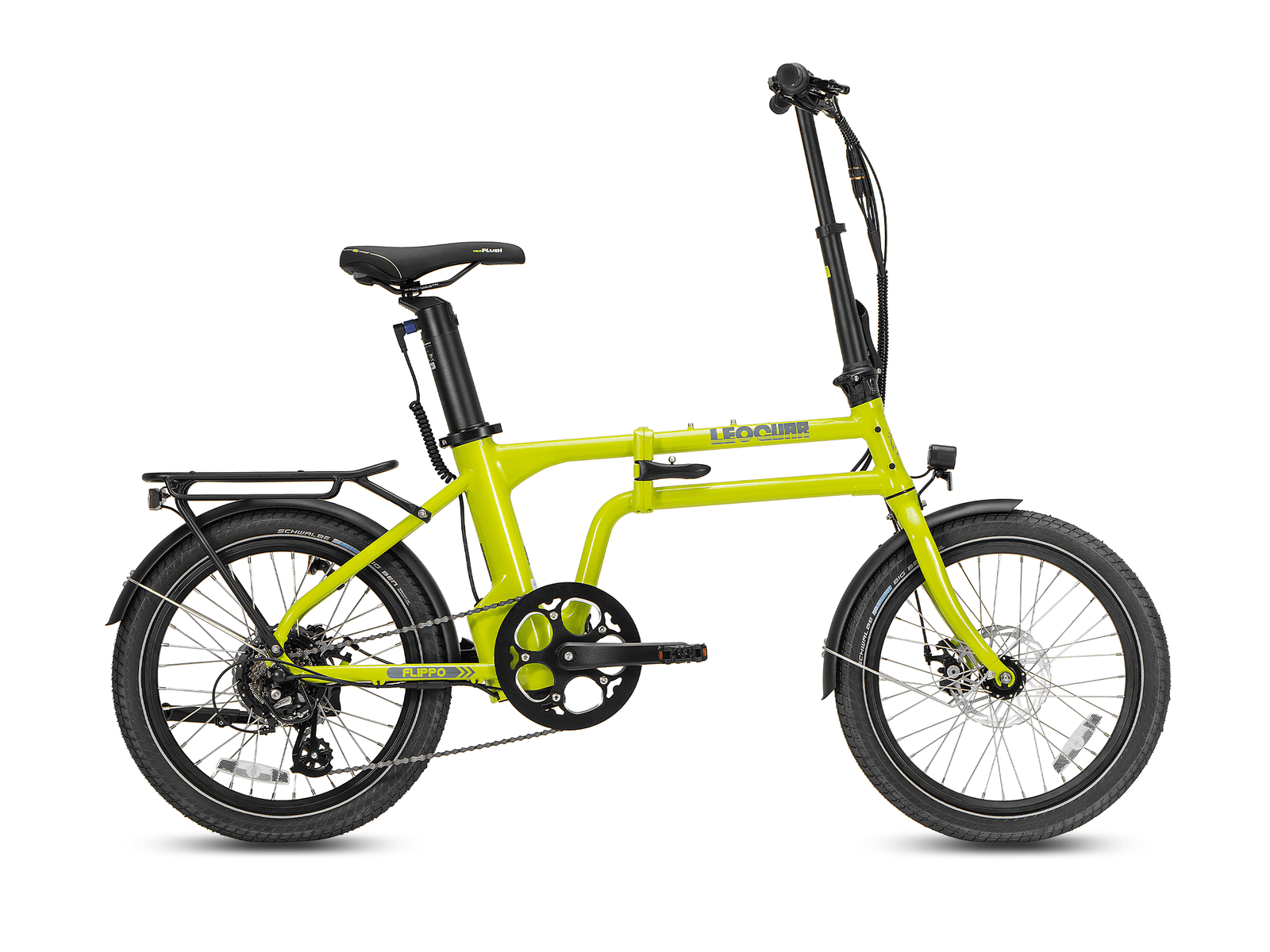
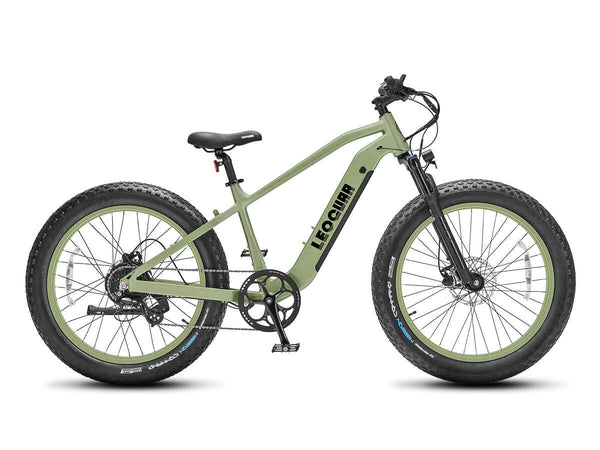
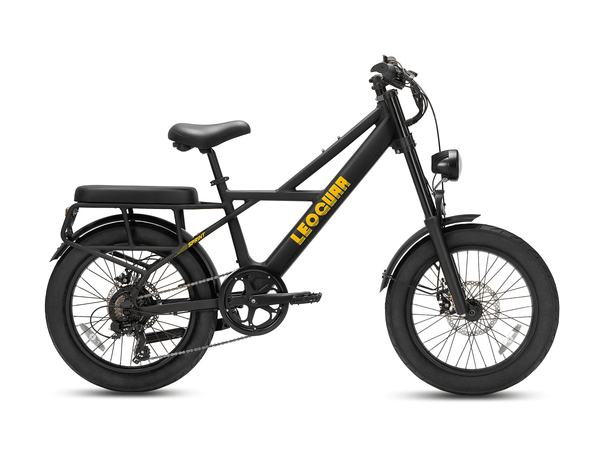
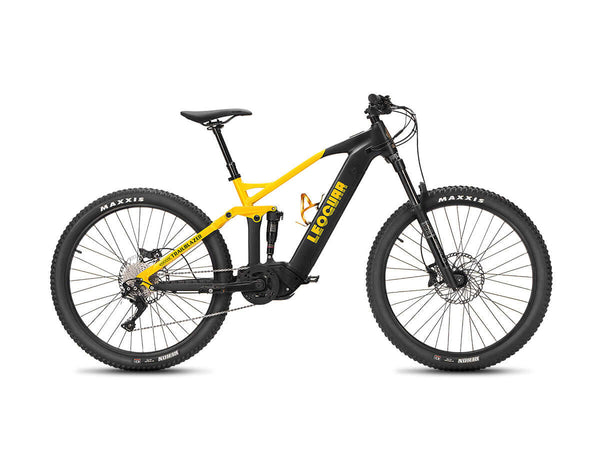








Leave a comment